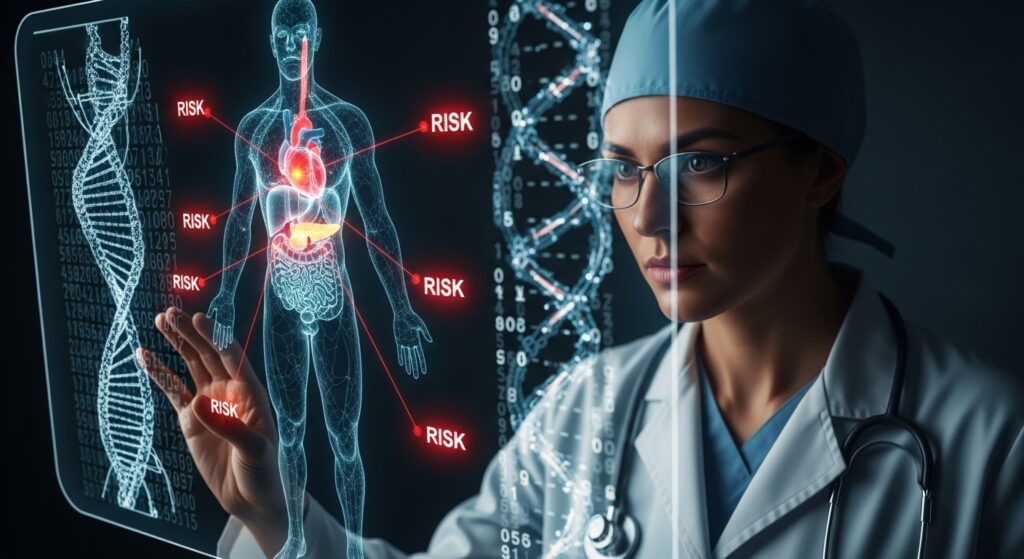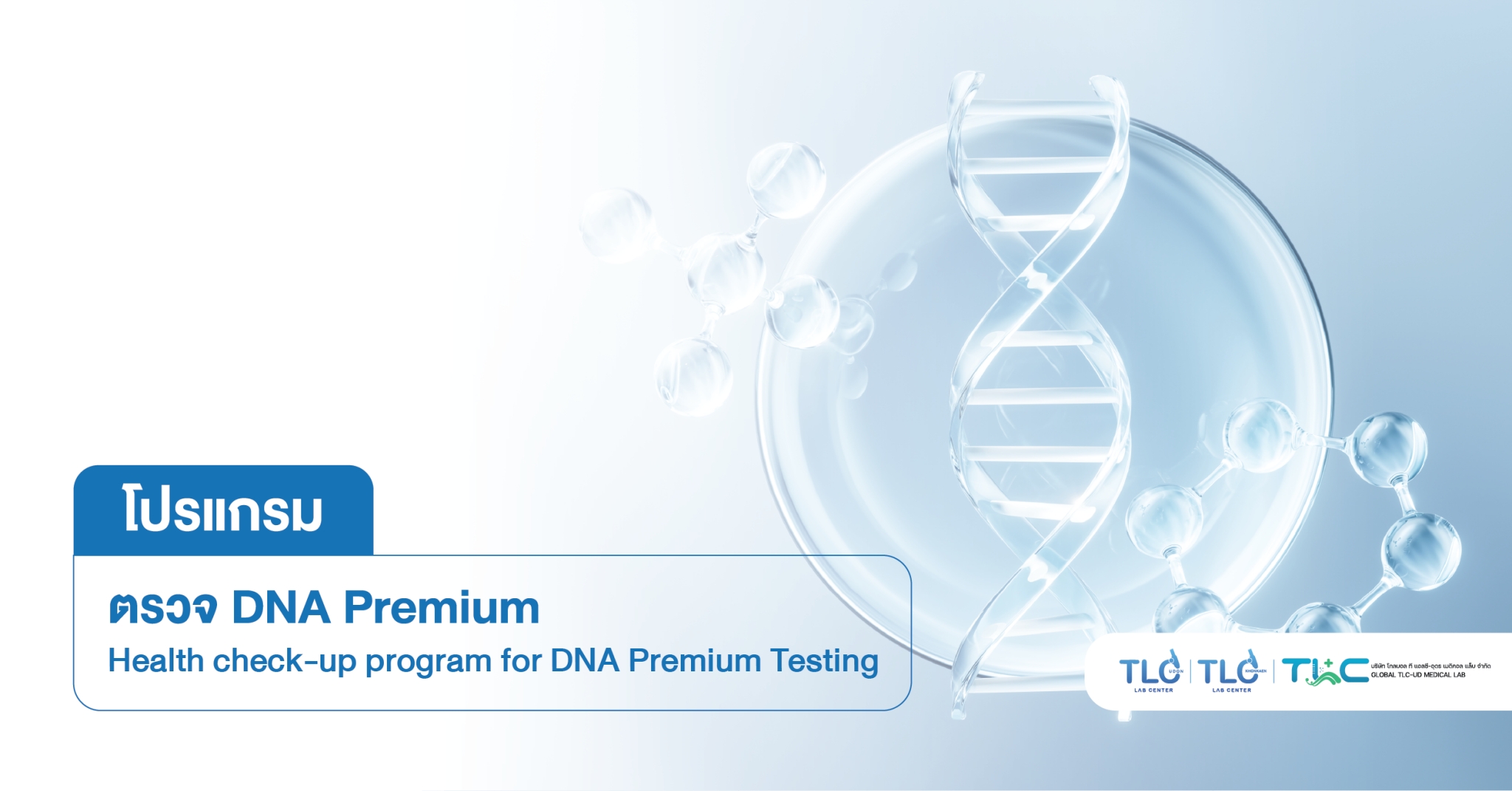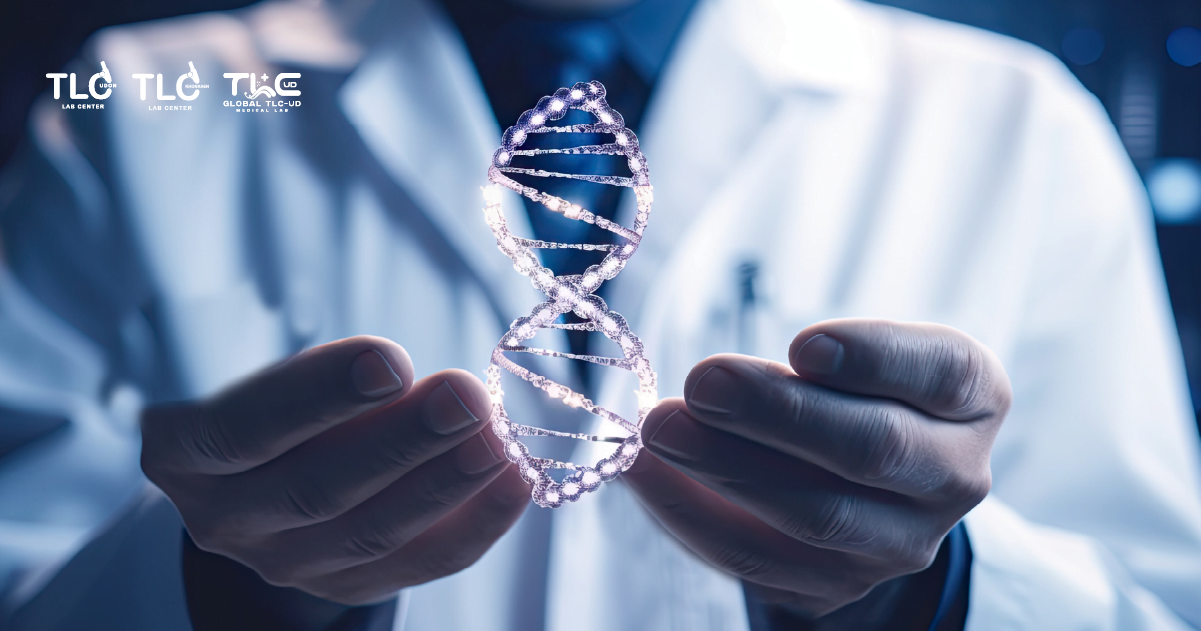Genetics covers a wide range of concepts — from genes, which are the basic units controlling hereditary traits, to chromosomes, the structures that contain those genes, and DNA, the essential component of chromosomes. It also includes alleles, which are variations of a single gene that determine whether a particular trait is dominant or recessive. These genetic variations explain individual differences such as skin colour, eye colour, and even the risk of developing genetic conditions like diabetes or chromosomal disorders such as Down syndrome.
Main Components
- Gene – The basic unit of heredity that controls the body’s characteristics and functions.
- DNA (Deoxyribonucleic Acid) – The molecule that makes up genes and forms part of chromosomes.
- Chromosome – The structure that carries genes and is inherited from both parents.
- Allele – A variant form of a gene that determines specific traits, such as eye colour.
Core Concepts in Genetics
- Gene – The fundamental unit of heredity, storing biological information in the form of DNA.
- DNA (Deoxyribonucleic Acid) – The molecule that contains the genetic code of living organisms.
- Chromosome – The DNA-containing structure within the cell nucleus that passes genetic material from parent to offspring.
- Mutation – A change in the DNA sequence that may result in disease or genetic variation.
- Inheritance – The transmission of genes from parents to their children.

How Genes, DNA, and Chromosomes Are Connected
A gene is a hereditary unit that controls specific traits. Humans possess over 30,000 genes, each playing a role in regulating the body’s functions and physical characteristics. DNA forms the structure of these genes and, in turn, is organised into chromosomes, which act as the carriers transferring genetic information from parents to offspring.
When genes malfunction, they can disrupt cellular activity, causing the affected cells to perform abnormally or cease functioning altogether. For example, if genes responsible for skin cell renewal become inactive, collagen production and new skin cell generation decrease — leading to visible signs of ageing as the skin loses its regenerative ability.
The Importance of Genetics
- Determining Traits: Genes instruct cells how to function, creating the unique physical and biological features of each individual.
- Genetic Diseases: Mutations or abnormalities in genes can cause hereditary diseases, such as diabetes.
- Genetic Testing: DNA testing helps screen for genetic disorders, assess disease risk, and guide preventive or therapeutic strategies.
Inheritance and Its Effects
- Parental Transmission: Each person inherits one copy of every gene from their mother and one from their father.
- Expression of Traits:
- Dominant Gene: Expresses its trait even if only one allele is present.
- Recessive Gene: Only expresses its trait when two recessive alleles are inherited; if a dominant allele is present, the recessive trait is suppressed.
- Genetic Disorders: Mutations in genes or chromosomes can lead to a range of conditions, such as Down syndrome, Klinefelter syndrome, or inherited diseases like diabetes.
Applications of Genetics
- Genetic Testing: Identifies defective genes or alleles that may increase disease risk or determine carrier status for hereditary conditions.
- Risk Assessment: Genetic testing can evaluate predisposition to certain traits or sensitivities, such as lactose intolerance or caffeine sensitivity.
Medical Applications

- Genetic Risk Screening: For conditions such as Thalassaemia or BRCA mutations (linked to breast cancer).
- Precision Medicine: Using an individual’s genetic information to tailor personalised treatment plans.
- Gene Therapy and CRISPR: Advanced technologies aimed at correcting defective genes.
The Difference Between Genetics and Epigenetics
Many people are familiar with Genetics and Genetic testing, which focus on the function and behaviour of genes within our DNA, identifying possible hereditary disorders and future health risks.
However, Epigenetics — an equally important field — concerns factors that regulate gene expression without altering the DNA sequence itself.
Epigenetic mechanisms work by turning genes “on” or “off”, and can be influenced by external factors such as lifestyle, environment, diet, and age.
An Epigenetic Test can reveal the current state of your body, helping to identify which lifestyle adjustments — such as changes in diet or activity level — may improve health and reduce the risk of chronic disease.
Together, Genetic and Epigenetic data provide valuable insight into personal health and biological function. While we cannot change our genetic code inherited from birth, we can positively influence our epigenetic state through healthy lifestyle and environmental choices — promoting disease prevention, better wellbeing, and long-term vitality.
References
- Brooks-Wilson, A. R. (2013). Genetics of healthy aging and longevity. Human Genetics, 132(12), 1323–1338.
- Morris, B. J., Willcox, D. C., Donlon, T. A., & Willcox, B. J. (2018). Genetic and epigenetic regulation of human aging and longevity. Ageing Research Reviews, 39, 39–50.
- Tyshkovskiy, A., Tomaszewski, A., Zykovich, A., Kundaje, A., & Gladyshev, V. N. (2023). Distinct longevity mechanisms across and within species. Cell, 186(13),2929-2949.
- Rodríguez-Rodero, S., Fernández-Morera, J. L., Fernández, A. F., Menéndez-Torres, C., & Fraga, M. F. (2011). Aging genetics and aging. Aging and Disease, 2(3), 186–199.

















